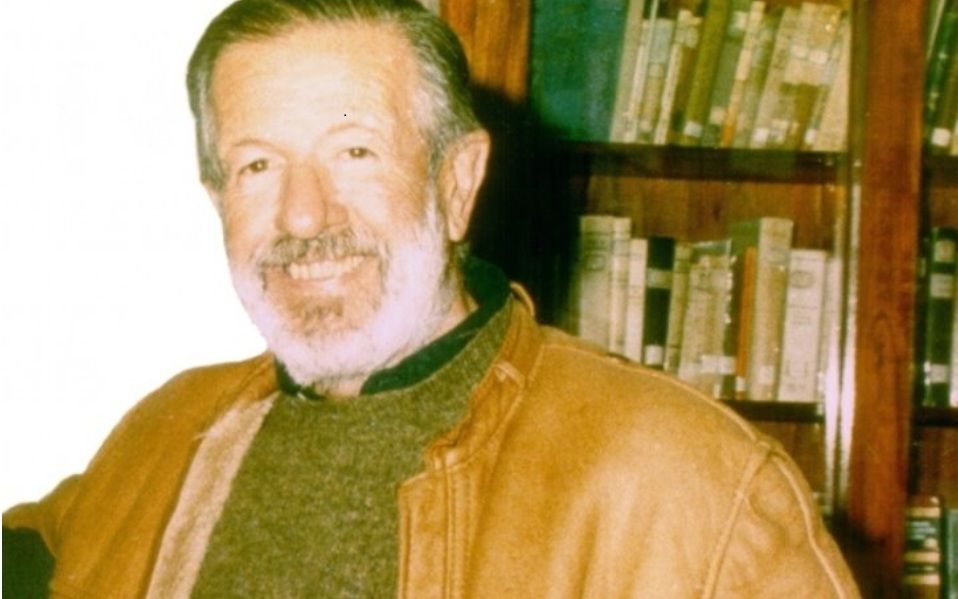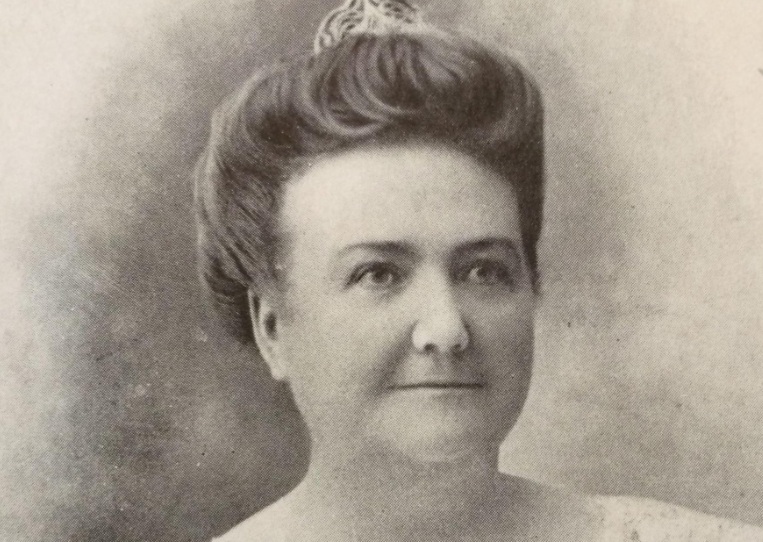Julio Isidro Maiztegui was born on August 25, 1931, in Bahía Blanca, Buenos Aires, and passed away on August 29, 1993, in Pergamino, Buenos Aires. He was an Argentine physician who graduated from the University of Buenos Aires.
Maiztegui was a renowned Argentine researcher who worked on the development of the vaccine against Argentine hemorrhagic fever, also known as “rastrojo fever.”
He specialized in Internal Medicine and Infectious Diseases at Boston Hospital and earned a Master’s degree in Public Health from Harvard University, United States.
He directed the National Institute for the Study of Hemorrhagic Viruses (INEVH), which was later renamed in his honor as the “Dr. Julio I. Maiztegui” National Institute of Human Viral Diseases.
Maiztegui and His Professional Path
After completing his studies in the United States and returning to Argentina, Maiztegui joined the Center for Medical Education and Clinical Research (CEMIC), beginning his professional journey in Pergamino.
CEMIC is known for its mission to improve Argentine medicine by combining teaching with health research. One of its goals is to provide students with both theoretical and practical knowledge, enabling them to engage with patients and communities.
Maiztegui later obtained a Master’s degree in Epidemiology from the University of London. It was in the 1970s that his research into Argentine hemorrhagic fever began to yield significant results.
Argentine Hemorrhagic Fever
Maiztegui’s research and approach to controlling Argentine hemorrhagic fever marked a turning point in its treatment. He discovered that administering plasma from recovered patients within the first eight days of infection significantly reduced mortality rates.
The efficacy of immune plasma was confirmed through clinical trials, and the publication of these findings helped change the medical paradigm surrounding the disease.
His discovery enabled further advancements, including the development of the Candid 1 vaccine and the consolidation of the National Institute of Human Viral Diseases.
The National Institute of Human Viral Diseases
The INEVH, later known as the National Institute of Human Viral Diseases “Dr. Julio I. Maiztegui,” was created to carry out activities related to Argentine hemorrhagic fever.
Among its major initiatives was the National Program to Fight Argentine Hemorrhagic Fever, which built a nationwide network for health research and education, allowing for accurate case tracking and patient data collection.
The scientific work conducted there brought knowledge closer to the public and supported the development of an effective vaccine.
One year after Maiztegui’s death, the institute was renamed to honor his legacy and contributions.
Today, the institute continues to conduct research on other diseases such as hantavirus, dengue, and yellow fever.
Recognition and Legacy
Maiztegui’s lifelong contributions to medicine earned him an honorary doctorate from the National University of Medical Sciences of Rosario.
He was also a Corresponding Member of the Academy of Medical Sciences of Córdoba, a Consultant to the World Health Organization’s Expert Committee on Viral Diseases, and an Honorary Member of the Argentine Agrarian Federation.
Additionally, he was named an Honorary Citizen of Pergamino and a National Corresponding Member of the National Academy of Medicine of Buenos Aires.
The creation of the Institute and the research conducted there led to key breakthroughs in the control of Argentine hemorrhagic fever, recognized both nationally and internationally.
From early studies to the development of the Candid 1 vaccine, Maiztegui’s legacy lives on through the institute’s scientific output and ongoing health initiatives.
He was awarded the Mariano Castex Prize by the National Academy of Medicine multiple times and received the International Doctor Sabin Prize, becoming the first Argentine medical professional to be honored with that distinction.




